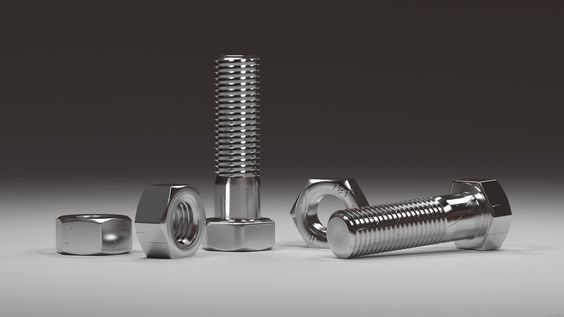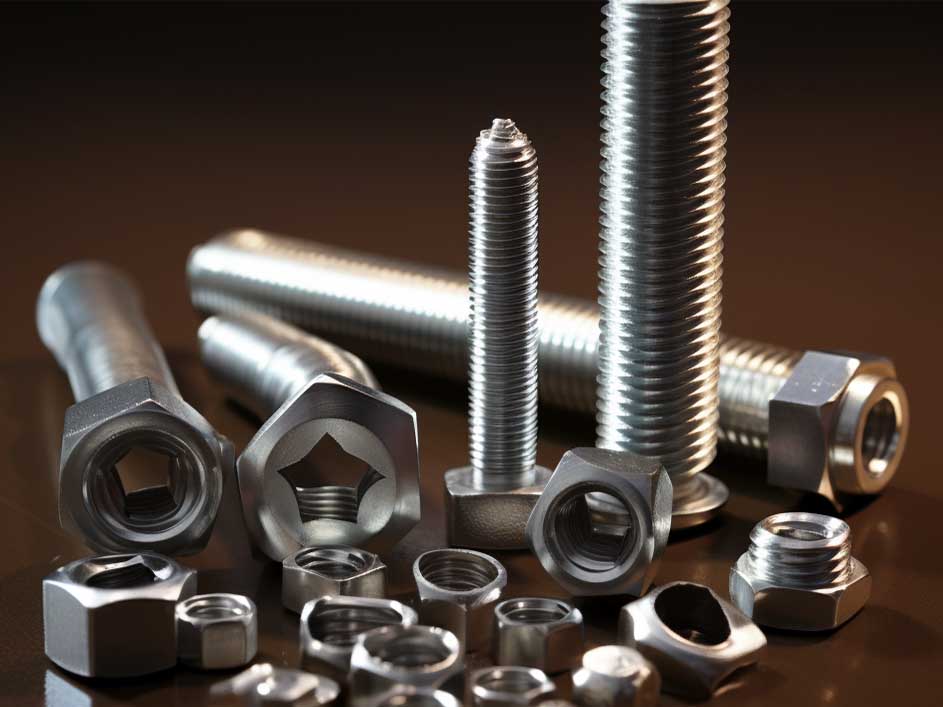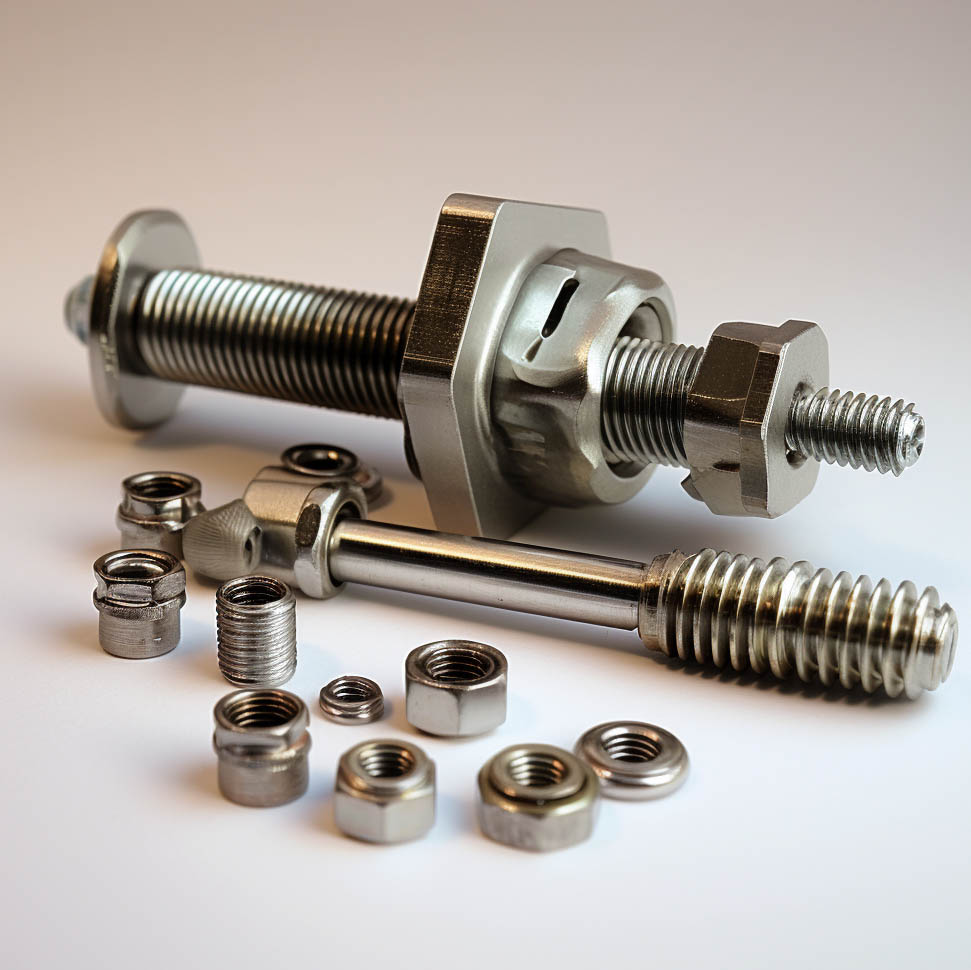The Main Reason for Uneven Bolt Preload and the Complete Bolt Tightening Solution
Bolt preload is a critical factor in ensuring the integrity and safety of mechanical structures. However, achieving uniform bolt preload can be a challenging task, often leading to uneven distribution of forces. In this article, we will delve into the main reason for uneven bolt preload and provide a complete bolt tightening solution to address this issue.
Understanding Uneven Bolt Preload
Uneven bolt preload occurs when the clamping force applied to a bolt is not distributed evenly across the joint. This can result from various factors such as surface irregularities, material inconsistencies, or improper tightening techniques. Uneven bolt preload can lead to structural instability, increased risk of fatigue failure, and compromised performance of the assembly.
The Main Reason for Uneven Bolt Preload
One of the primary reasons for uneven bolt preload is the lack of uniform torque application during the tightening process. When torque is applied to a bolt, the resulting tension in the bolt creates the desired preload. However, variations in friction, material properties, and thread conditions can lead to non-uniform torque distribution, resulting in uneven bolt preload.

Complete Bolt Tightening Solution
To address the issue of uneven bolt preload, a comprehensive bolt tightening solution is essential. This solution involves the following key components:
- Controlled Torque Application: Utilizing torque wrenches with precise torque settings and calibration ensures consistent torque application across all bolts. This helps in achieving uniform bolt preload and mitigates the risk of uneven distribution of forces.
- Proper Lubrication: Using appropriate lubricants on bolt threads and under the bolt head reduces friction and ensures smooth, uniform torque application. This minimizes the likelihood of variations in torque due to frictional differences, thereby promoting even bolt preload.
- Torque-to-Yield Method: For critical applications, the torque-to-yield method, which involves tightening the bolt to a specific torque and then further stretching it to a predetermined angle, can be employed. This method helps in achieving precise and uniform bolt preload, especially in high-stress environments.
- Bolt Stretch Measurement: Implementing bolt stretch measurement techniques using ultrasonic or strain gauge technology allows for direct monitoring of bolt preload. This enables real-time adjustments to achieve uniform preload across all bolts in the assembly.
Uneven bolt preload can compromise the structural integrity and performance of mechanical assemblies. By understanding the main reasons for uneven bolt preload and implementing a complete bolt tightening solution, engineers and technicians can ensure uniform and reliable bolt preload, thereby enhancing the safety and efficiency of mechanical structures. Incorporating controlled torque application, proper lubrication, torque-to-yield methods, and bolt stretch measurement techniques can significantly contribute to achieving uniform bolt preload and mitigating the risks associated with uneven bolt tightening.
Our Website: https://www.fastoscrews.com/, feel free to contact us.










